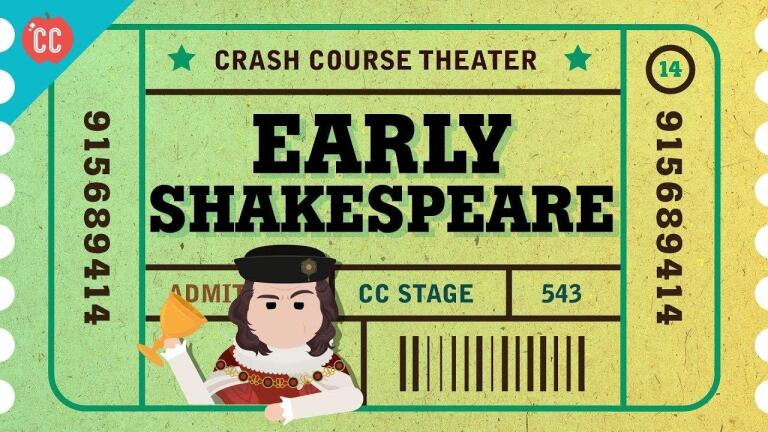Back to Show
Crash Course Theater
Nostrils, Harmony with the Universe, and Ancient Sanskrit Th
Season 1
Episode 7
Ancient Sanskrit theater is one of the oldest theater traditions, and thanks to Bharata Muni and his treatise on theater, the Natyashastra, we can tell you quite a bit about it, all the way down to eyebrow and nostril poses. This week you'll learn about the drama of ancient India, and its connection to the Mahabharata and the Ramayana.
Sign up now for inspiring and thought-provoking media delivered straight to your inbox.
Support Provided By

10:40
Spain was having kind of a moment in the 16th and 17th centuries.

12:54
In the 1600s, English theater had to go into hiding, from PURITANS. Enter: WOMEN.

11:50
Thanks, Shakespeare! Let's talk about Ben Jonson, revenge tragedies, and court masques.

10:46
Let's take a look at Shakespeare's comedies, romances, problem plays and heroines.

11:29
Shakespeare's tragedies had some jokes, and they changed the way tragedies were written.

10:52
How a young Shakespeare stormed into London's theater – and wrote some pretty good plays.

12:17
Let's take a look at London theater and the playwrights who set the stage for Shakespeare.

10:43
Painting, music, architecture, and plays with fart jokes were all thriving from 1300-1500.

12:20
Noh, and its counterpart Kyogen are some of the most revered theater forms in Japan.

11:10
After European churches changed their minds on theater, drama became an outdoor activity.

11:01
Meet Hrotsvitha: a cool, 10th century nun/playwright who influenced a new era of theater.

11:59
As Christianity rose in the west, theater declined. But it returned – via Catholic Mass!











